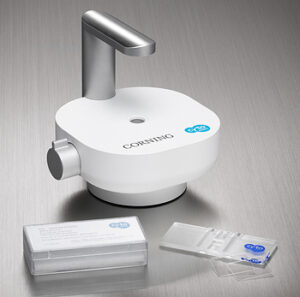Description
Cell counters are used to count live and/or dead cells in a cell culture. Automated cell counters operate either via electrical impedence (“Electrical Sensing Zone” method), direct imaging (either on a disposable slide or in a flow chamber), or flow cytometry. The most important variable to…
Cell counters are used to count live and/or dead cells in a cell culture. Automated cell counters operate either via…
Suppliers
The following suppliers offer Cell Counter products.
-
Avantor – VWR International GmbH
-
Beckman Coulter Int. S.A.
-
Bio-Rad Laboratories Ltd.
-
Chemie Brunschwig AG
-
Faust Laborbedarf AG
-
Haslab GmbH
-
Huberlab AG
-
Labgene Scientific SA
-
LubioScience GmbH
-
Milian SA
-
Thermo Fisher Scientific (Schweiz) AG
-
Vitaris AG

